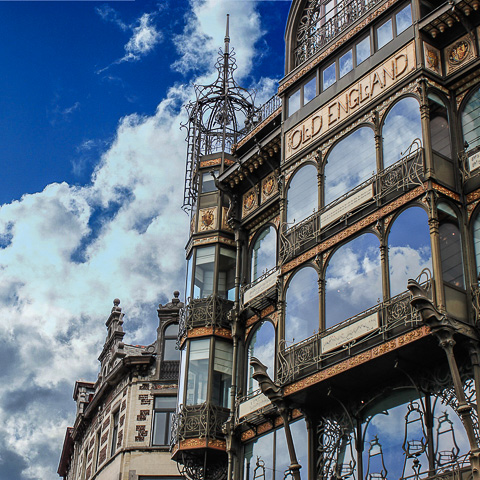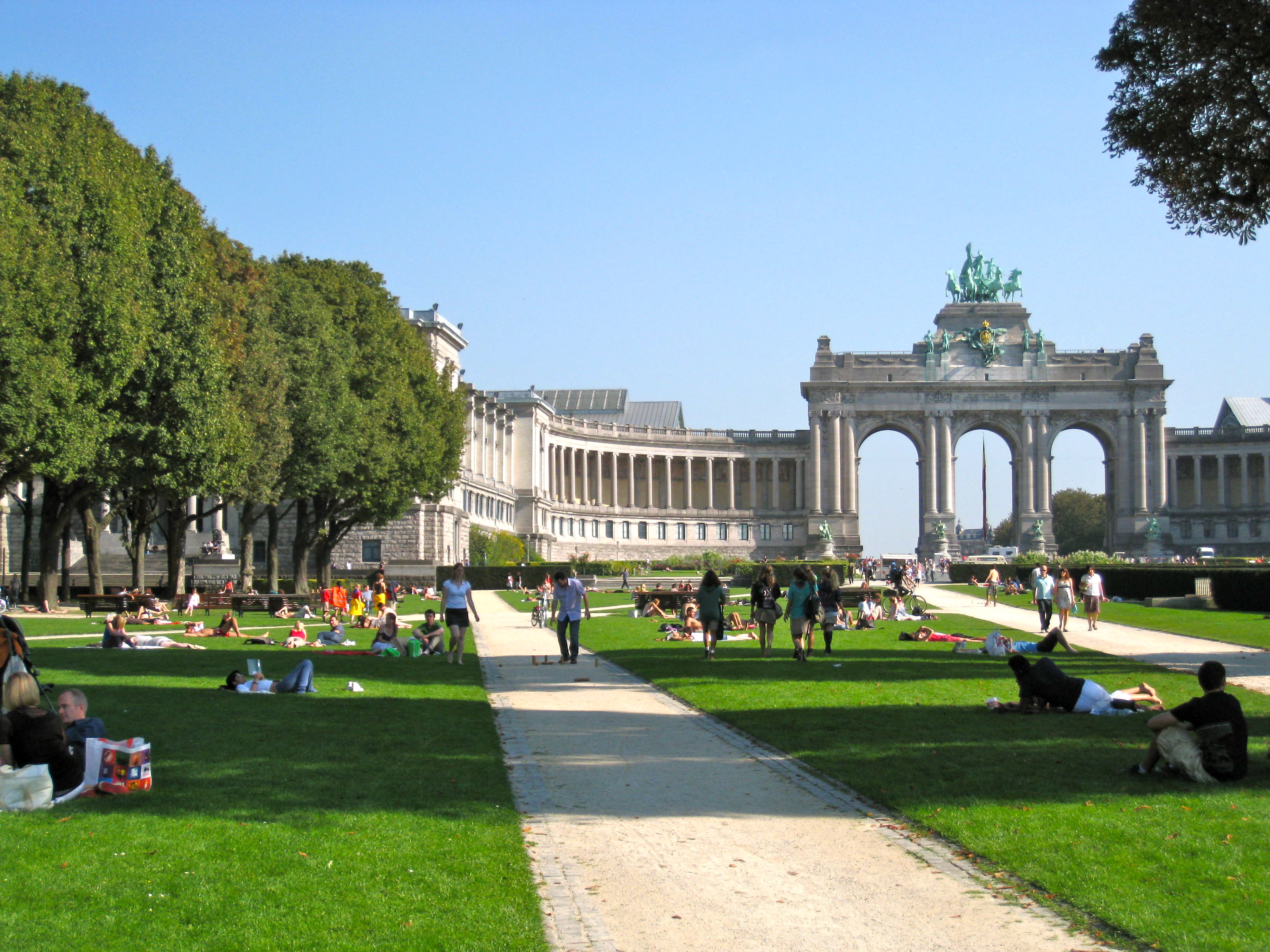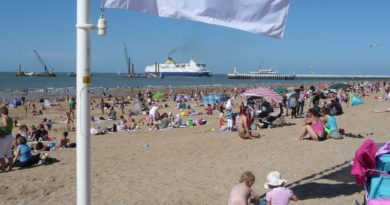The green city with great museums
There is no doubt that Brussels is a green city.

Take the Parc de Bruxelles, where Belgium’s National Day on July 21st is celebrated with a big kermesse. The park in front of the Royal Palace bustles with all sorts of activities that day, for both adults and children, after the traditional military parade and flypast. The park is formally laid out with a “masonic” design close to some of the most important museums in the city. These include BELvue, illustrating the history of the royal family, and the Musical Instruments Museum which is located in a magnificent Art Nouveau building of glad and cast iron, that was formerly the Old England department store.
State of the art display techniques enable the visitors to hear through earphones music played on the instruments in the display cases they are passing. On the top floor, there is an airy restaurant with a large terrace from which there are breathtaking views.
On the opposite side of Place Royale from the BELvue museum is the Magritte Museum, with its rich selection of paintings and artefacts of this emblematic painter. Virtually adjacent is the Old Masters Museum that, naturally enough, embraces Old Master paintings. There is also the Modern Art Museum and the Fin de siècle Museum dedicated to the 1900s. In the centre of Place Royale stand the statue of Geoffroy de Bouillon, the man who led the first Crusade to the Holy Land in 1099. Many in the rest of Europe followed his appeal to and liberate Jerusalem, and many fell in the cause.
It is from that time that the tradition of the beguines began. Men left to fight while their women were left behind. In order to protect their lives and their virtues, the women chose to go and live in smaller quarters within a gated community; a walled “city of women” with a church in the middle and a degree of religious structure. The women, the beguines vowed to remain chaste and to obey the religious authority in charge (a mother superior). But they lived in their own small houses where they were allowed to work and earn a living. No vows of poverty were demanded. This is where the great tradition of lace comes from: the beguines could sell the products of their handiworks or assist the sick in hospitals and be remunerated. Each Flemish city had a beguinage (there are 24 in the whole of Belgium with some splendid examples such as those in Bruges, Ghent and Lier). Brussels has a small example in the Anderlecht commune although the Church of Saint John the Baptist at the Béguinage is just north of Place Sainte Catherine.
Back to the first question: Is Brussels a green city? Absolutely yes. The foret des Soignes, to the south of Brussels, was once an exclusive hunting reserve for the nobility. It is said is the largest beech forest in Europe and is today a viral green space where people love to go for walks, run, horse ride meet their friends, or eat out. Another green space within Brussels is the Bois de la Cambre, a peaceful resting place with a lake and massive trees, largely closed to traffic at weekends when, especially if the sun shines, it bustles with activities including boating on its lake where an attractive restaurant, Chalet Robinson, is located.

Other smaller parks pop up all over Brussels, like Parc Leopold on whose edge sits the overpowering building of the European Parliament Parc du Cinquentenaire. This one was created on the 50th anniversary of the creation of Belgium. It is rather formally laid out, dominated by the triumphal arc du Cinquentenaire from where the long avenue lined with beautiful chestnut trees leads to Tervuren!




